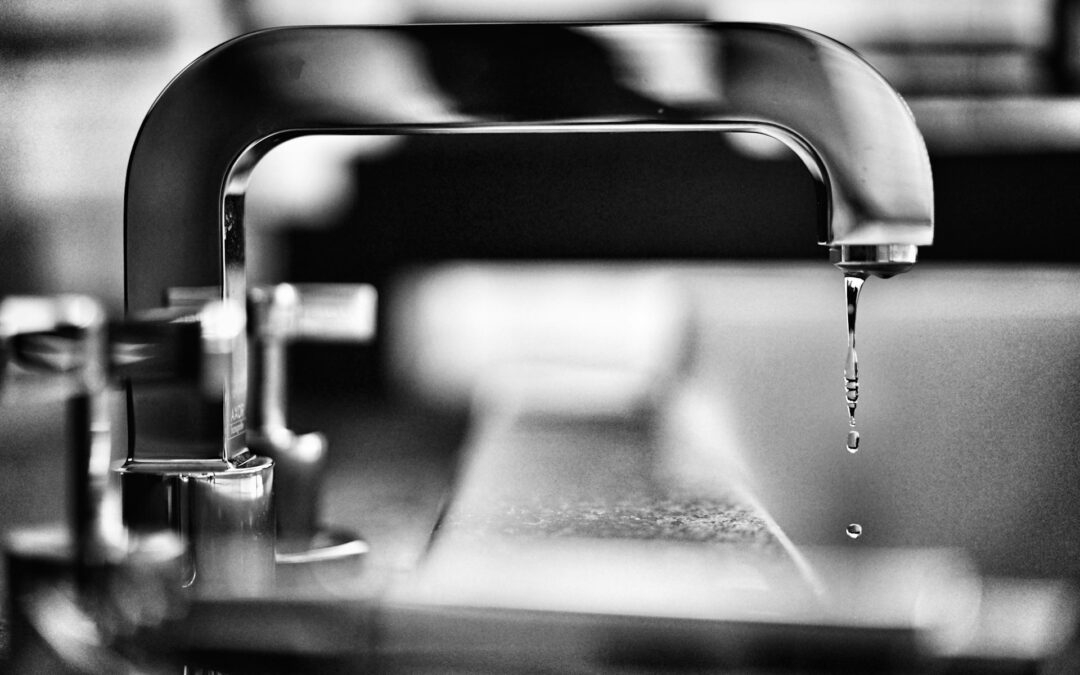Water conservation has become a top priority for homeowners, especially in drought-prone areas like California. As a result, incorporating water-saving plumbing fixtures into our homes has emerged as a crucial component of sustainable living. Upgrading to eco-friendly faucets, showerheads, and toilets contributes to environmental preservation and can yield significant savings on your monthly water bills. As your Redwood City, CA plumbing experts, Shoreway Plumbing is committed to helping our community adopt eco-conscious practices by offering guidance on selecting and installing water-efficient plumbing fixtures.
In this guide, we will explore the different types of water-saving fixtures available in the market, detail their benefits, and discuss how these innovative solutions can effectively reduce water consumption without compromising performance. We’ll cover everything from the importance of the EPA’s WaterSense label to the impact of smart water-use technologies, along the way exploring how high-efficiency toilets, low-flow faucets and aerators, and water-saving showerheads can make a difference. We’ll also provide tips for proper maintenance and maximizing efficiency and even touch on potential rebates and incentives to help you save money while saving water.
With the insights provided in this guide, you’ll be better equipped to choose the right water-saving plumbing fixtures that align with your eco-friendly goals and enhance overall functionality and aesthetic appeal in your home.
The Importance of the Environmental Protection Agency’s (EPA) WaterSense Label
When looking for water-saving plumbing fixtures, keep an eye out for the EPA’s WaterSense label. This label signifies that the product meets the EPA’s strict performance and efficiency criteria, guaranteeing water conservation without sacrificing functionality. WaterSense-labeled products use at least 20% less water than their conventional counterparts while maintaining equal or superior performance. Choosing fixtures with this label ensures that you are making an eco-conscious choice backed by EPA standards.
How High-Efficiency Toilets Help Conserve Water
Traditional toilets can consume up to six gallons of water per flush, contributing significantly to water waste in homes. High-efficiency toilets (HETs), on the other hand, use only 1.28 gallons per flush or less, providing excellent performance while conserving water. HETs achieve this increased efficiency through various design innovations:
- Dual-flush toilets provide two flush options: a smaller flush for liquid waste and a full flush for solid waste. This design conserves water by only using the necessary amount for each type of waste.
- Pressure-assisted toilets use air pressure to provide a powerful flush while using less water. The pressure also reduces the likelihood of clogs, providing additional benefits to homeowners.
- Gravity-fed toilets feature enhanced bowl and trapway designs for efficient waste removal with minimal water use.
By upgrading to an HET, you can save thousands of gallons of water per year, translating to lower water bills and a reduced environmental impact.
The Benefits of Low-Flow Faucets and Aerators
Faucets are another major source of water consumption in homes. Traditional faucets can flow at rates exceeding 2.5 gallons per minute (GPM). Low-flow faucets, however, use only 1.5 GPM or less while still providing adequate flow for regular use. These faucets conserve water by incorporating internal flow regulators and aerators that mix air with the water stream, providing sufficient water pressure with less actual water usage.
A simple and cost-effective alternative to replacing entire faucets is to install low-flow aerators on existing fixtures. These small devices attach to the tip of the faucet and can significantly reduce water consumption in faucets while maintaining suitable water pressure.
The Impact of Water-Saving Showerheads on Water Consumption
Showers account for nearly 17% of indoor water use in the average American home. Traditional showerheads can use up to 5 GPM, while low-flow showerheads use 2 GPM or less. Modern water-saving showerheads maintain water pressure by incorporating technology like pulsating spray or aerating the water. By switching to a low-flow showerhead, you can conserve water without sacrificing a comfortable and refreshing shower experience.
The Role of Smart Water-Use Technologies in Modern Plumbing
Smart technologies have also found their way into plumbing fixtures, further enhancing water conservation efforts. Some examples of smart water-use technologies include:
- Smart irrigation controllers that adjust watering schedules based on weather data to prevent overwatering or underwatering.
- Leak detection sensors that monitor water usage patterns and alert homeowners to potential leaks, reducing water waste caused by undetected leaks.
- Smart faucets that utilize motion sensors to minimize water waste by turning the faucet on and off automatically based on user presence.
Incorporating smart water-use technologies into your home can provide added savings and contribute to a more eco-conscious lifestyle.
Conclusion
As responsible homeowners, adopting water-saving plumbing fixtures is an important step toward reducing our environmental footprint, conserving our planet’s precious resources, and enjoying the added benefit of lowered utility bills. Whether you update your faucets, showerheads, or toilets or embrace smart technologies in your plumbing system, each change contributes to a healthier, more sustainable future.
If you need professional assistance with selecting and installing water-efficient plumbing fixtures in Redwood City, CA, trust the experts at Shoreway Plumbing. Our knowledgeable team is dedicated to providing sustainable solutions tailored to your needs. Contact us to learn more about our professional plumbing services and schedule an appointment with one of our skilled technicians today.


